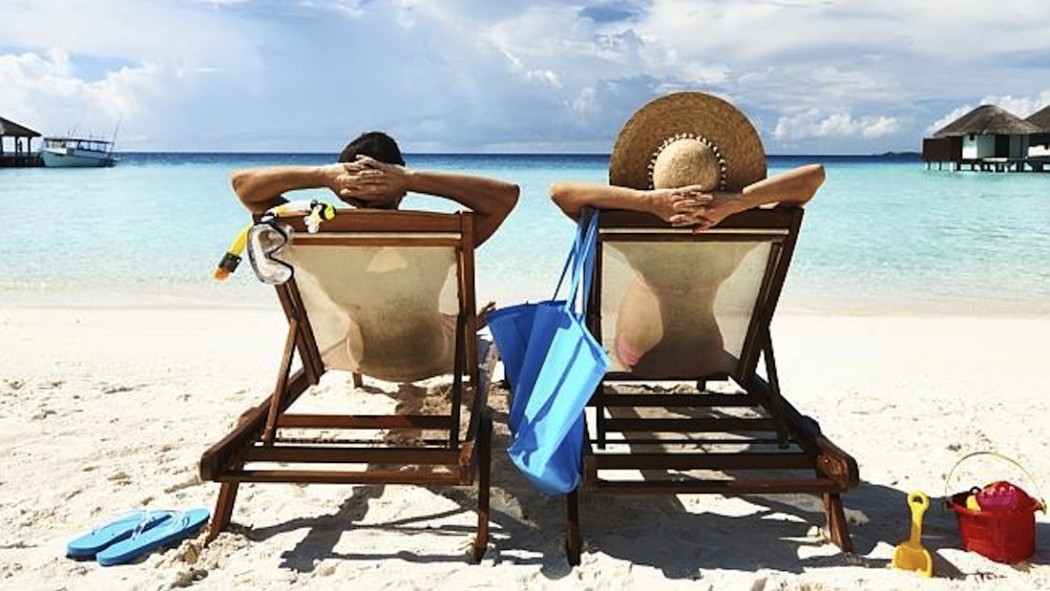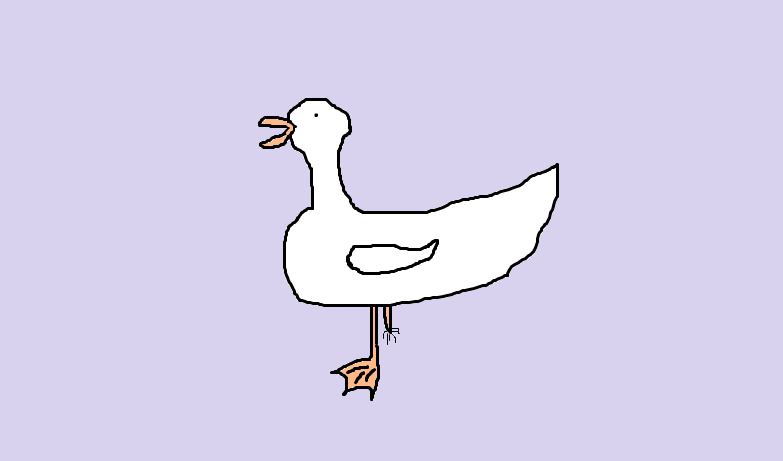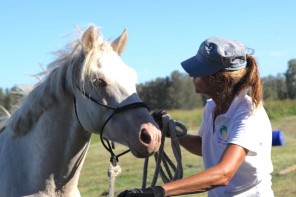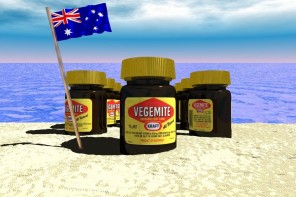Summer’s early this year, and it’s got Robert Drewe pondering some eternal questions on Australia’s enduring love affair with sea, sand and sunshine.
Ah, the hint of warmth in the air, that first gentle zephyr, reminds us that the season Australians like to celebrate is almost here again.
Summer: you’d think we’d invented it. Was there ever a people who embraced summer with such idealistic and sensual fervor? Who constantly wrote about it, painted it, photographed it, waged political battles over it? Who mythologized it?
Rhetorical questions. And of course when we think of summer we automatically think of the beach. And when we think of the beach nowadays, especially on the north coast of NSW, our minds turn to sharks, and suddenly we’re not quite as carefree about summer as we were ten years ago.
Regardless of our personal take on the shark attack controversy (and how strange that the words “shark” and “controversy” should ever occur in close conjunction, or that sharks should become a political issue) most of us agree that this question is so far unsatisfactorily resolved.
Sharks are just one summer puzzle for me. I’ve long thought about other slightly less serious beach questions. 1: Why does beach sand squeak underfoot? 2: Why do so many seagulls have one foot missing? 3: Most importantly, why, on entering the sea, does one need to pee?
Three different scientific reasons are given for the noise your feet make on the hot, dry sand as you make your way (if shoeless, then hurriedly, and in pain) from the shore to the car park and the ice-cream shop.
The first theory is that sand squeaks underfoot if the individual grains are dry, rounded and spherical, of similar size and free of pollution, moisture and organic matter. A layer of grains moves in unison over the grains beneath it, producing the squeaks. Even small amounts of pollution or moisture reduce the friction enough to silence the sand. Wet sand doesn’t squeak.
Other squeaking-sand theorists say that thin layers of gas trapped and released between the grains act as percussive cushions of vibration – hence the squeaks.
Nonsense, say a third group. The squeaks are produced by friction between grains coated with dried salt. I favour the dried-salt theory, if only because a boat’s deck – with no sand around – can make similar squeaks underfoot.
The case of the peg-legged seagull meets with even more varied responses. Some wildlife experts insist that one-legged gulls are just standing on one leg to rest. Yes, two-footed gulls can do that. But I’m wondering about the one gull in every flock that has two legs but lacks a foot and limps along on a stump. Visit any beach today and you’ll see this one.
Other experts say the disabled gulls have had their feet caught in fishing lines, nets or general rubbish. But who has seen this occurring, and in such numbers? And in environments miles from any dump or habitation?
Most children’s reasoning: that the gulls’ feet are nibbled off by fish while floating on the surface seems just as relevant. As does my son’s grim theory. He says seagulls are the ultimate beggars. They bite off one of their feet so you’ll feel sorry for them and throw them more chips.
And now for the important third question. Next time you’re at the beach, watch your fellow swimmers as they enter the water. They’ll dive under a wave, swim a few vigorous strokes, then stop, stand waist-deep, maybe clear their noses, and gaze nonchalantly at the horizon for a minute or so.
That’s the peeing phenomenon in action. And when you hit the waves, you’ll probably do the same. No need to worry. The ocean has the same effect on everyone, males and females, especially when it’s colder than the surrounding air. It’s the shock of the temperature change. Body temperature drops dramatically and you feel the necessity to expel urine to equalise things.
Incidentally, did you know that more Australians drown in ocean rips every year than die as a result of shark attacks, floods, cyclones, bushfires, snakes, spiders and all of the country’s other natural calamities combined?
According to Surf Life Saving Australia, two out three beachgoers who think they can identify a rip are wrong: they can’t. And contrary to popular belief, only 15 percent of swimmers caught in rips are overseas tourists. Most who die in rips are Australian males aged 15 to 39.
More than 160 people have drowned in rips around the coastline in the past 10 years. The SLSA says these numbers are a gross underestimate because viagra natura they were only confirmed when a witness saw how the victim was swept away. Many rip drownings occur when a person is swimming alone.
In newspaper terms, a rip drowning rates four paragraphs on page 11; a fatal shark attack gets the front page. But you knew that already.







